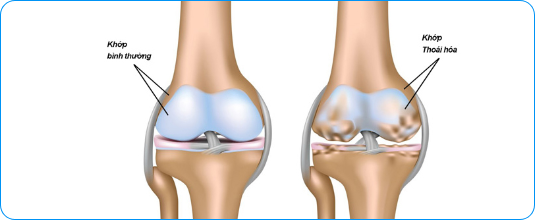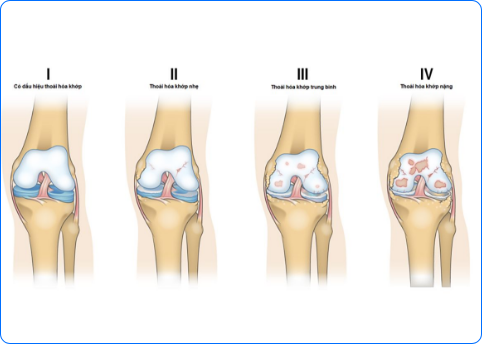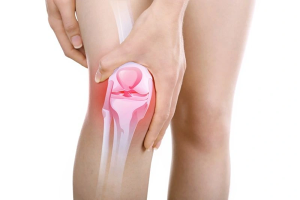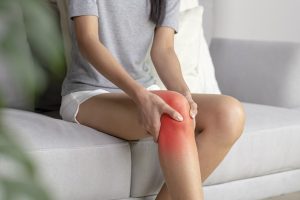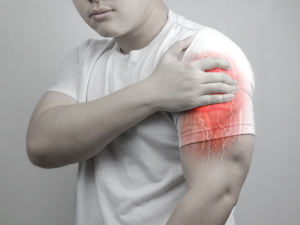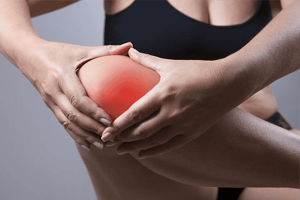What is Knee Osteoarthritis?
Knee osteoarthritis is a condition characterized by damage to the cartilage of the knee joint, accompanied by inflammation and a reduction in synovial fluid due to the inability of cartilage regeneration to compensate for the cartilage lost over time. Currently, knee osteoarthritis is increasingly prevalent among younger individuals due to sedentary lifestyles, lack of physical activity, and unscientific dietary habits. If not treated early, the condition can lead to lifelong disability, rendering patients unable to walk.
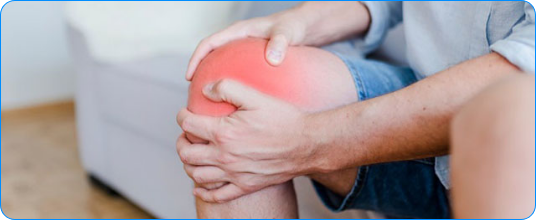
Causes of Knee Osteoarthritis

Gender
Women aged 55 and older are at higher risk of developing joint inflammation, including knee osteoarthritis, compared to men. This is due to weaker anterior cruciate ligaments in the knee and the habit of wearing high heels, which exerts direct pressure on cartilage, accelerating the progression of degeneration.
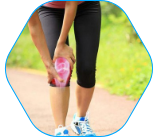
Trauma
Injuries such as patellar fractures, distal femoral fractures, or sprains and tears of ligaments can severely damage cartilage. If not treated promptly, these injuries may lead to joint misalignment, causing gradual knee osteoarthritis.

Obesity
Excess body weight places increased pressure on both knee joints, leading to faster wear and tear of cartilage over time. Heavy labor, intense sports, or high-intensity training can also accelerate knee osteoarthritis.
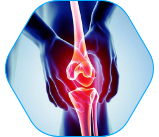
Inflammatory Damage
Knee osteoarthritis can result from inflammatory conditions such as rheumatoid arthritis (an autoimmune disease affecting multiple joints, including the knee), ankylosing spondylitis, septic arthritis, gout, or intra-articular bleeding.
Common Symptoms of Knee Osteoarthritis
Typical symptoms of knee osteoarthritis include:
» Pain in the front or inside of the knee joint.
» Increased pain during movement or when transitioning from sitting to standing.
» Pain worsens during weather changes, particularly in cold, humid conditions or when air pressure drops.
» Stiffness and difficulty moving the knee after prolonged immobility, especially in the morning.
» Loss of knee joint flexibility.
» Swelling of the knee joint.
» Misalignment of the leg, such as bowlegs (O-shaped legs) or knock-knees (X-shaped legs), potentially leading to loss of mobility.
Complications of Knee Osteoarthritis

Joint stiffness
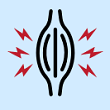
Muscle atrophy
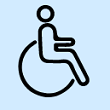
Paralysis
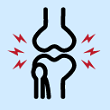
Cartilage calcification
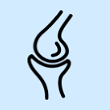
Knee joint deformity
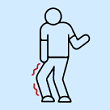
Restricted movement


